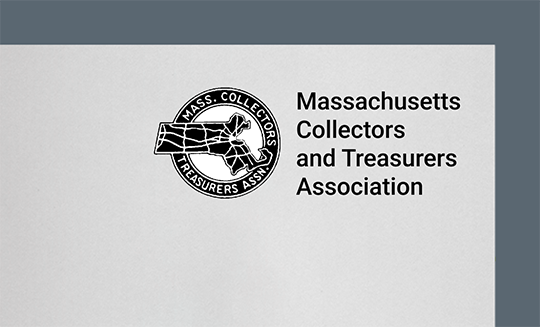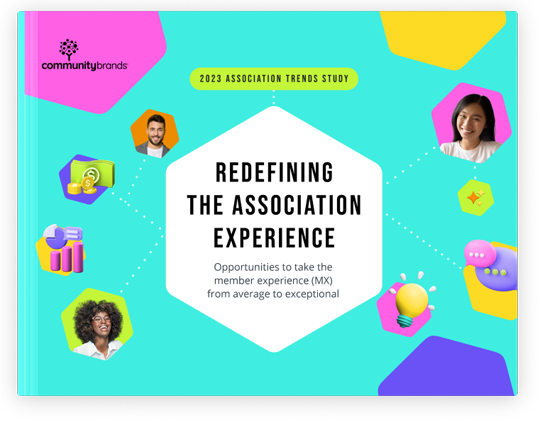Here are four quick tips for getting your association started with a preference center.
How can your association provide a more personalized experience? Give them an easy way to control what communications they receive from your organization.
We’ve all come to expect great online experiences like those from Amazon and Netflix. These days, your association must deliver the personalized online experience your members have come to expect or there’s a good chance they’ll take their business elsewhere.
If you aren’t targeting information to your members based on communication preferences, you aren’t alone. The Small Staff Associations Benchmark Study shows that fewer than half of small associations target information and content to members by preferences.
But the Digital Evolution Study shows that members are interested in receiving personalized content from their associations. Seventy-nine percent say it is very or somewhat important that their organization provide targeted, valuable content.
On top of that, the Member Loyalty Study indicates that loyal members prefer detailed updates more than twice a month. Less loyal members prefer to receive the big news monthly or even less frequently. Millennial and Gen X members are more likely to want more frequent communication.
So how do you provide more targeted and personalized communications for your members? Start with a preference center.
What is a preference center?
A preference center is an online portal that gives your members an easy way to control what communications they receive from your organization and how often they receive them. It also allows you to gather the data you need to improve member communications.
4 tips for getting started with a preference center
Here are some tips on how to set up a preference center that helps you deliver a great overall member experience.
1. Develop a list of email communications by category.
Think about the different types of communications you send, who they go to and how often you send them. Write them down and refer to them as you build out the options in your preference center. Categories may include:
-
- Optional communications that any member can choose to receive or opt out of, such as newsletters, event announcements, and notifications of volunteer opportunities. Your preference center should list these communications with descriptions so members can make an informed decision about whether to receive them or not.
- Mandatory communications regarding their membership that members cannot opt out of. Your preference center should let members know that they will be receiving these required communications as part of their membership.
- Notifications sent only to specific member levels. Your participant center should allow only members of those specific member levels to opt in or out of these communications.
TECH TIP: Your association management software (AMS) should allow you to easily set up and manage various membership levels to support targeted member communications and member preferences.
2. Promote your online community.
Get your members more involved by promoting your online community through your preference center. For example, in your optional communications list, include an online community category in which your members can choose to be notified when they are added to a group or when certain topics are discussed within the community.
3. Understand your members’ needs.
While a preference center gives members control over the messages they receive from your organization, it also gives your association insight into what your members want. Analyze your members’ preferences regularly to better understand what communications they want to receive and what topics interest them most. This data can help you decide how to modify your communications calendar to provide more of what your members want.
4. Gain and track consent.
Your preference center goes beyond providing members more of the types of communications they want (and less of the ones they don’t). It also serves as a key means to comply with data privacy laws. Be sure your preference center tracks the data you need to comply with regulations including the General Data Protection Regulation (GDPR) in the EU and California Consumer Privacy Act (CCPA). CCPA created a wave of at least nine similiar regulations in Maryland, Nevada, Massachusetts, Rhode Island and other states.
Are you doing all you can to meet members’ expectations and deliver a great member experience? Getting started with a preference center will go a long way toward providing the targeted experience they’re seeking.
Recruit, renew, manage, and communicate with members in one central location to drive engagement while saving your staff time through your association management software (AMS). Learn more about YourMembership






